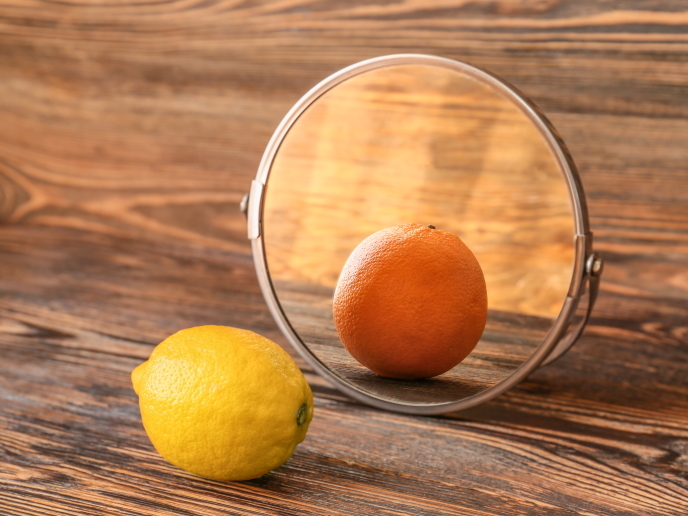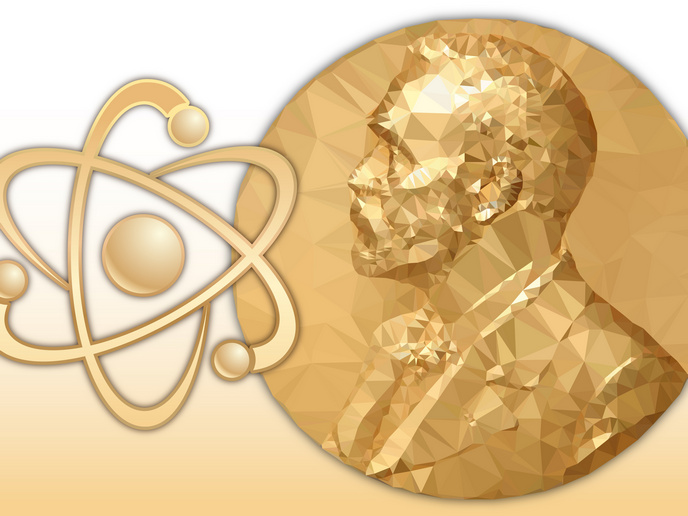A new generation of experiments aims to answer the gravity-quantum question
Quantum mechanics and the theory of gravity are two well-established theories used to describe a large part of the physical world. However, both theories rest on mutually exclusive principles, which begs the question, ‘does gravity require a quantum description?’ “This is an experimental question, one that cannot currently be answered by experimental evidence,” says Markus Aspelmeyer, a quantum physicist at the University of Vienna. To help answer this question, Aspelmeyer is leading the EU-funded QLev4G project. The European Research Council supported project aims to introduce a new experimental approach based on quantum controlling levitated solid-state particles. In doing so, researchers hope to lay the groundwork for conducting a new generation of experiments that will answer the gravity-quantum question. “On the one hand, we wanted to see how small we could make an object and still measure its gravitational field,” explains Aspelmeyer. “On the other hand, we wanted to go the opposite direction and see how massive we could make an object and still observe its quantum behaviour.” The answer to these questions will, in theory, lead researchers to experiments that allow them to probe the gravitational field generated by a quantum object.
Significant progress on two fronts
According to Aspelmeyer, the project has made significant progress on both the quantum and the gravity fronts. “On the gravity side, we managed to measure the gravitational field of the thus far smallest source mass in an experiment: a tiny gold sphere of only 1 mm radius and 90 mg mass,” he notes. “Whereas typical gravity experiments use masses that are at least 10 000 times larger!” On the quantum side, researchers used laser cooling techniques from atomic physics to produce the quantum ground state of motion of a 150 nm glass bead. “This is the first time a solid-state object of that size has exhibited quantum behaviour while sitting in a room temperature environment,” adds Aspelmeyer. According to Aspelmeyer, one surprise was the amazing sensitivity of the lab’s gravity measurement apparatus. He says that his team kept seeing unexpected signals, which originated from the Vienna City Marathon finish line a mile away. They were also able to calibrate low-frequency noise using a signal that was generated by an earthquake in Turkey. “We were awestruck when we discovered that our work was sensitive even to the gravitational field of the Vienna tram, which passed by about 70 metres from our lab,” remarks Aspelmeyer.
A new platform for macroscopic quantum experiments
The QLev4G project succeeded in establishing levitated solids as a new platform for macroscopic quantum experiments. “This work has brought us a step closer to experiments that probe the phenomena of gravitational quantum physics,” concludes Aspelmeyer. “I hope that our work inspires others to take on the challenge of identifying and observing the gravity-quantum interface.” Researchers are currently working to measure gravity from even smaller masses. On the other end of the spectrum, they are creating as large a quantum state as possible for as massive objects as possible. The ultimate goal is to be able to isolate gravity as a coupling force between objects that can be controlled in the quantum regime.
Keywords
QLev4G, quantum mechanics, theory of gravity, macroscopic quantum experiment, gravitational quantum physics, physics







